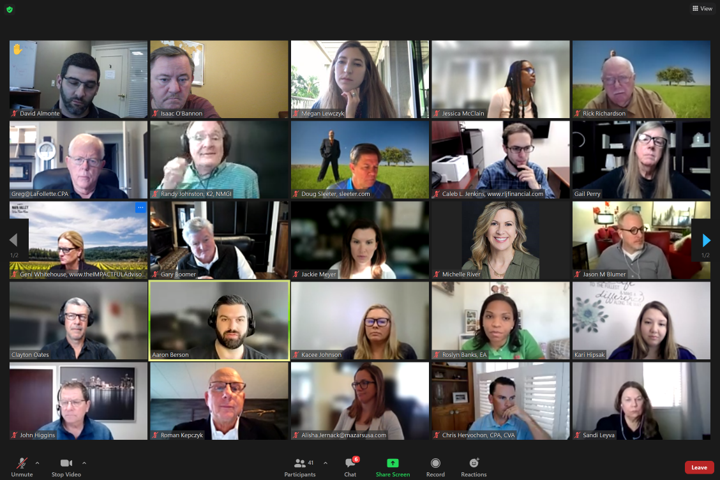Ideally, a CPA firm’s management team concentrates most of its time on ensuring clients receive the best possible service and strategizing ways to cultivate new customers. That’s the ideal scenario.
The reality isn’t always so rosy. Firm leaders likely have an experience not that different from CFOs in a recent Accountemps survey, who said they spend an average of 15 percent of their workday dealing with staff conflicts. That’s six hours a week that could have been directed toward business priorities.
It doesn’t have to be like this. Below are six do’s and don’ts for reducing workplace tension and minimizing future conflicts.
1. Do be alert. Managers need not step in and referee every squabble, but they should be aware of simmering conflicts so they aren’t caught off guard in case something minor snowballs into a larger problem.
Pay attention to staff interactions during team meetings. Does anyone appear to cut off colleagues during conversations? Are others choosing to zone out during discussions? Is anyone taking sole credit for what you know are group accomplishments? Watch for dynamics like these that may indicate something amiss.
2. Don’t play favorites. Sibling rivalry can arise when parents favor one child over another, and workplace rivalries often start the same way. Although employees have individual strengths and weaknesses, managers should strive to treat each person fairly. For example, do certain accountants receive plum assignments while others are stuck with work nobody wants? Are only select employees allowed to work remotely? Take a hard look at how you assign projects and hand out perks.
3. Do promote team bonding. It isn’t necessary for colleagues to be best friends to work together effectively, but providing them with opportunities to become better acquainted helps minimize misunderstandings.
Team building can be a challenge. Fortunately, there are numerous options available to managers, from group lunches and projects to volunteer outings and social events.
4. Don’t overemphasize competition. Many firms set numerical goals — billable hours, client satisfaction metrics, amount of new business — and peg bonuses to them. That’s fine as long as the workplace culture doesn’t become cutthroat, which breeds conflict and mistrust.
A better idea is to simultaneously focus rewards on staff who are supportive and exemplify teamwork. Encourage workers to publicly acknowledge colleagues who lent a helping hand or went beyond the call of duty. If your firm doesn’t have a peer-to-peer recognition program, now is a good time to start one.
5. Do fine-tune your hiring process. Firm fit counts when it comes to building your team. During interviews, ask candidates open-ended questions that can help reveal how they may mesh with your team, such as, “What do you do when you’re under stress at work?” and “How do you deal with colleagues who have a different work style than you?”
For short-listed candidates, invite them to have lunch with staff to see how well everyone gets along. And don’t gloss over the reference check, which can help determine whether applicants would be a good fit for your corporate culture.
6. Don’t neglect work-life balance. Public accounting is by no means a low-stress profession, but most managers can do more to make sure staff are able to juggle their personal and professional lives.
Encourage employees to use their vacation days and really get away for a long stretch when possible. Honor requests for flexible schedules and telecommuting. Offer parental leave, and don’t make new mothers and fathers feel guilty about using it. And rather than shifting the workload of on-leave employees to the rest of the team, which creates hard feelings and even more stress, work with a specialized staffing firm to bring in interim workers.
Let’s face it: Anytime two or more people come together, there’s potential for disagreement. But with smart strategies in place, you can reduce the time you spend resolving staff conflicts and focus more of your energy on growing the business.
———–
Paul McDonald is senior executive director at Robert Half, the world’s first and largest specialized staffing firm. He writes and speaks frequently on hiring, workplace and career-management topics. Over the course of more than 30 years in the recruiting field, McDonald has advised thousands of company leaders and job seekers on how to hire and get hired.
Thanks for reading CPA Practice Advisor!
Subscribe Already registered? Log In
Need more information? Read the FAQs
Tags: Firm Management, Staffing





